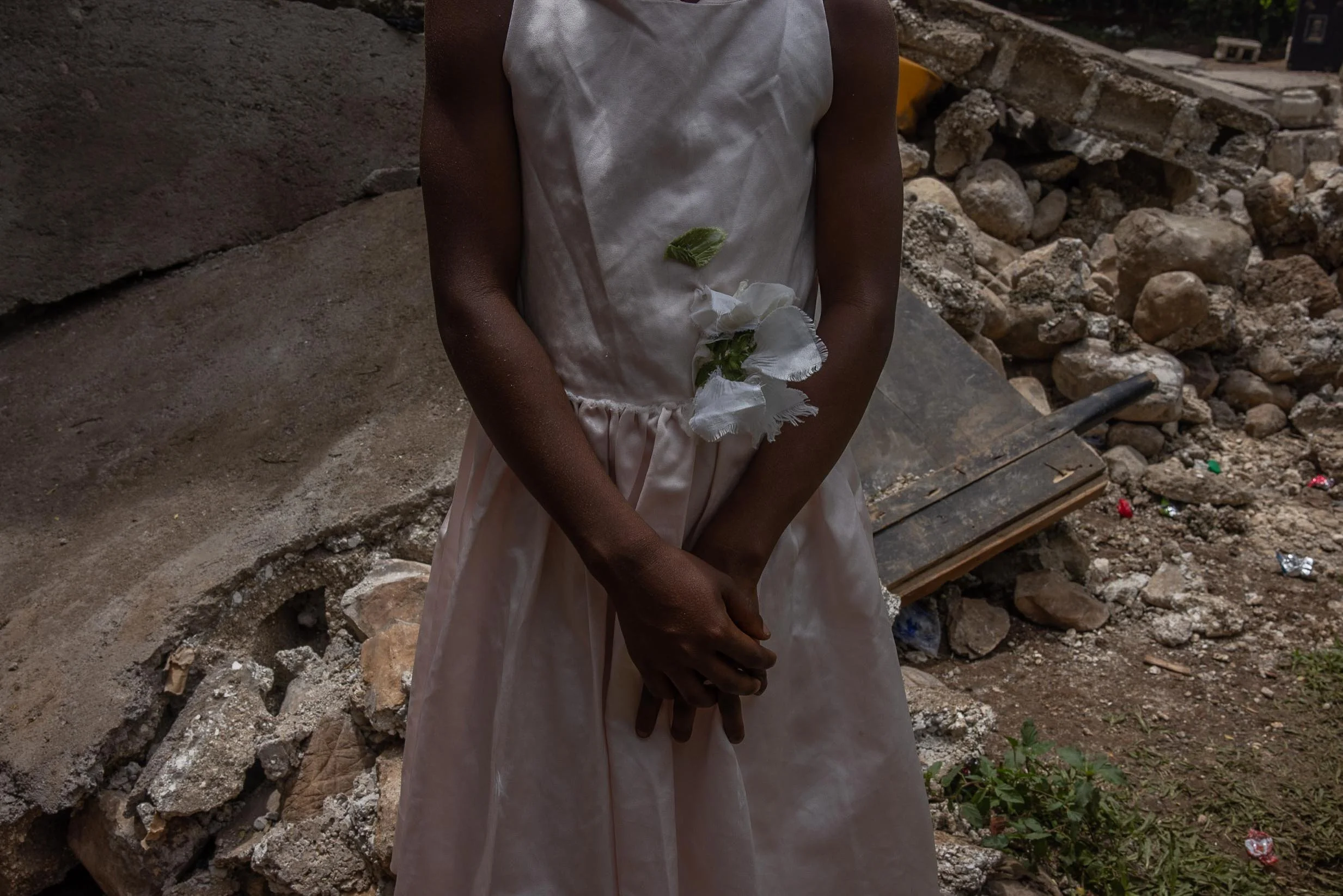Aftershock
Haiti is an island of juxtapositions: The immense natural beauty contrasted by mountains of trash in the slums of Port-Au-Prince, generosity amidst inextricable poverty, and unbelievable kindness alongside unfathomable desperation and violence. These polarities always exist but are intensified and palpable during times of emergency, like the 2021 earthquake. Despite having every reason to lose faith, Haitians celebrated life in the remnants of their fractured lives. “Where there is life, there is hope,” said Chrislome Addonia, a survivor who lost his three-year-old daughter in the earthquake.
The stench of burning flesh and rubber, the haunting cries of “Mama, mama” from a mourning son, and the beautiful chorus of women singing in worship characterize this two-week project documenting the aftermath of the magnitude 7.2 earthquake that struck Haiti on August 14, 2021. The quake killed 2,200 residents, caused 13,000 injuries, and destroyed 137,500 buildings, making it the deadliest natural disaster in 2021.
Among the most impacted areas were small, rural towns where foreign aid struggled to snake its way along the winding roads of makeshift barricades, gang territories, and damaged roads. This project seeks to capture the complex duality of Haiti and highlight the beautiful resilience of Haitians amidst tragic circumstances along the road from Les Cayes to the small town of Maniche.












































